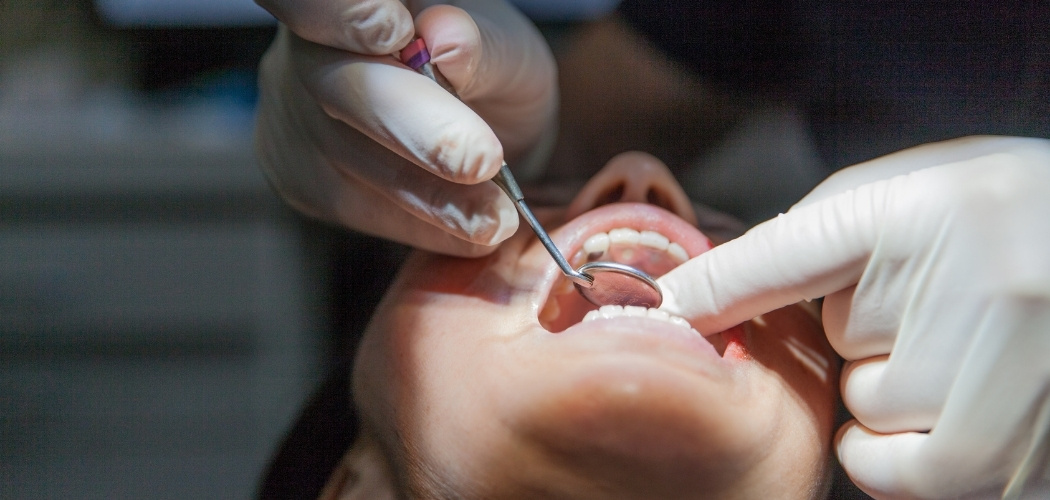What is Oral Cancer?
Oral cancer, also known as oral cavity cancer, is cancer that develops on the mouth's interior. Mouth cancer is one of the forms of cancer that make up the head and neck cancers division. Mouth cancer, like other head and neck tumors, is often treated in the same way. Mouth Cancer may occur in:
- Lips
- Gums
- Tongue
- Inner lining of the cheeks
- Roof of the mouth
- Floor of the mouth (under the tongue)
If you have any recurring signs and symptoms that concern you and last for over two weeks, consider visiting your doctor or dentist. Your doctor will look at other more common reasons behind your problems, such as an infection.
Risk Factors
Understanding the causes of cancer can help in the prevention of the disease. Age is considered a risk factor for oral cancer. Oral cancer has traditionally been associated with people over the age of 40. The age of patients diagnosed with cancer could indicate a time component in the biochemical or biophysical processes of aging cells that make malignant transformation or show immune system weakness. Recent data (late 2008-2011) lead us to conclude that non-smokers under the age of fifty are the fastest-growing segment of the oral cancer population, indicating a paradigm change in the disease's cause and the locations where it most commonly occurs in the said community. Smoking-related cancers in the anterior of the mouth, tobacco-related cancers, and alcohol-related cancers have all decreased, while the posterior of the oral cavity sites associated with the HPV16 viral cause has increased. As a result, many people refer to these two different cancers (oral and oropharyngeal) as "oral cancer" when addressing the general population, which is misleading but often used in public communications.
Tobacco use, in some way, ranks first among the risk factors for true oral cavity cancers among people over 50. Many who smoke and drink have a 15-fold higher chance of contracting oral cancer than those who do not. It does not appear that the HPV16 viral cause requires nicotine or alcohol to work synergistically. HPV16 is an entirely distinct and self-contained disease pathway in the human body.
Lip cancer is one form of oral cancer that has decreased in prevalence over the past few decades. This is most certainly attributed to a heightened understanding of the dangers of excessive sun exposure. Physical conditions, including ultraviolet radiation sensitivity, may also play a part.
Oropharyngeal cancers have been linked to the human papillomavirus, especially HPV16. HPV is a sexually transmitted virus that affects about 63000 people every year, of which 8.6% are women, and 0.8% are men. And if you're infected with a high-risk HPV virus, it doesn't guarantee you'll get oral cancer. The majority of people's immune systems will clear the virus before malignancy develops. Improvements are most likely aiding the spread of HPV in young adults' sexual habits over the past few decades, which are still occurring today.
Preventive Measures
There is no way to avoid mouth cancer that has been confirmed. However, the following precautions may help:
- Quit smoking or don't start; you will lower the chance of mouth cancer. Avoid using cigarettes if you do. Don't consider using nicotine if you don't already. Tobacco use, whether smoked or chewed, exposes the mouth's cells to harmful cancer-causing chemicals.
- If you do drink alcohol, do so in moderation. Excessive alcohol consumption will irritate your mouth's cells, leaving them vulnerable to mouth cancer. Consume drinks in moderation if you want to do so. For healthier adults, that means no more than one drink per day for women of all ages and men over 65 and no more than two drinks per day for men 65 and younger.
- Keep your lips off the sunlight as far as possible. Sit in the shade as much as possible to protect the skin on your lips from the light. Wear a hat with a wide brim that shades your whole face, including your lips. As part of your daily sun care routine, use a sunscreen lip product.
- Visit your dentist regularly. Ask him to examine your whole mouth as part of a regular dental inspection for suspicious areas that may signify mouth cancer or pre-cancerous changes.
Having diagnosed the pre-cancerous symptoms like Red & White Lesions, Leukoplakia, Erythroplakia, Submucuous Fibrosis & oral Lichen Planus, one can prevent the condition from getting worse with the use of Cansure Toothpaste twice daily.

